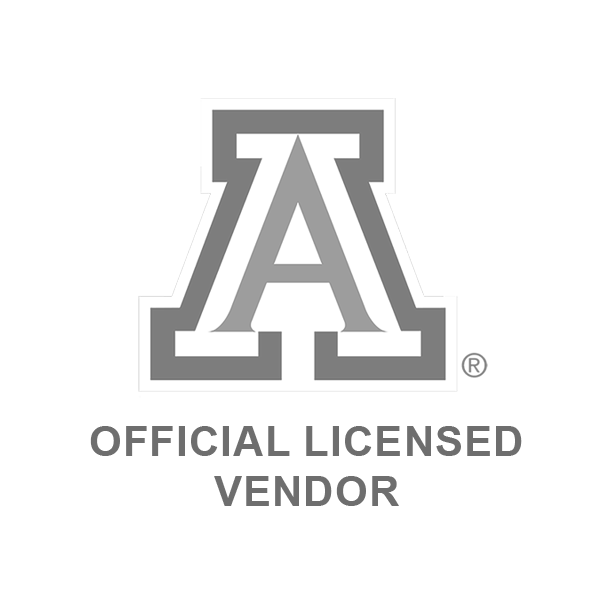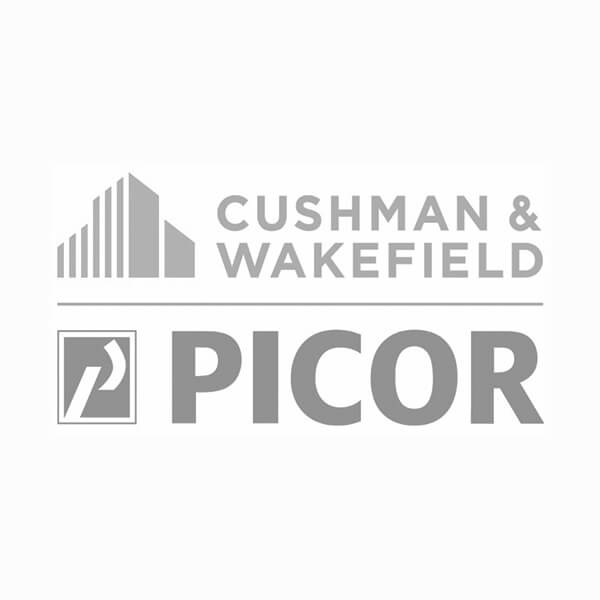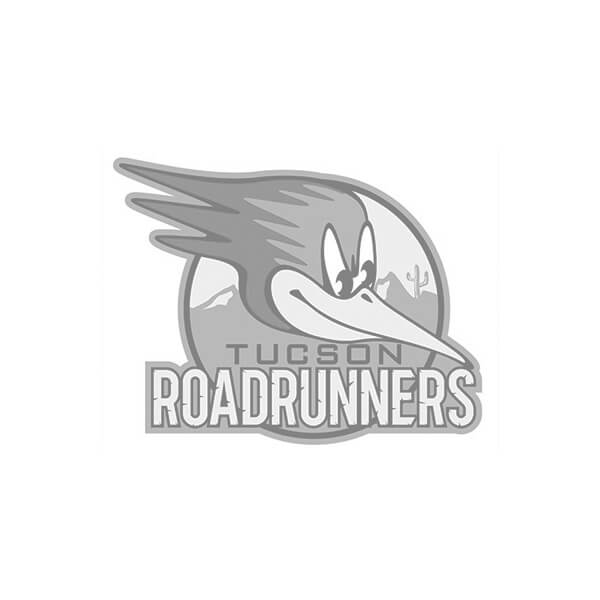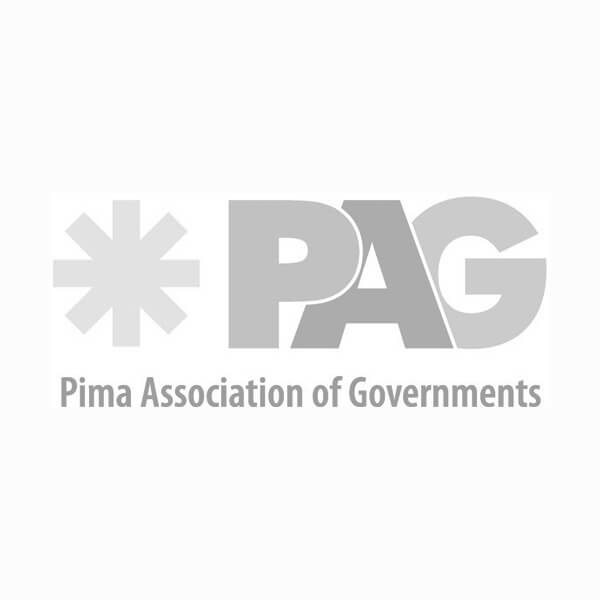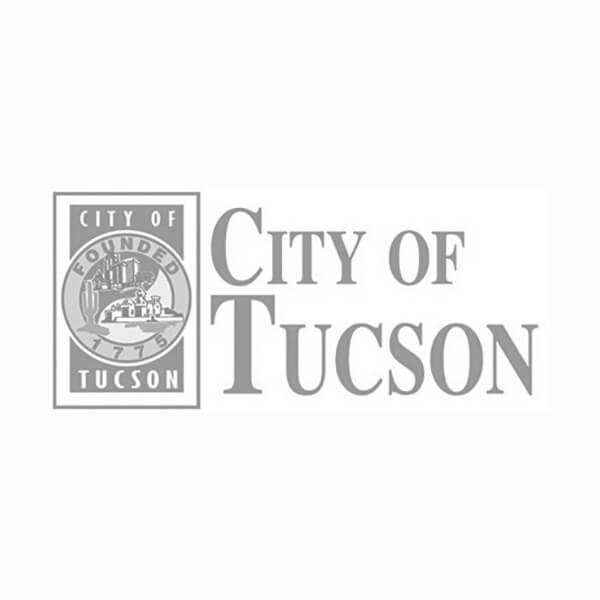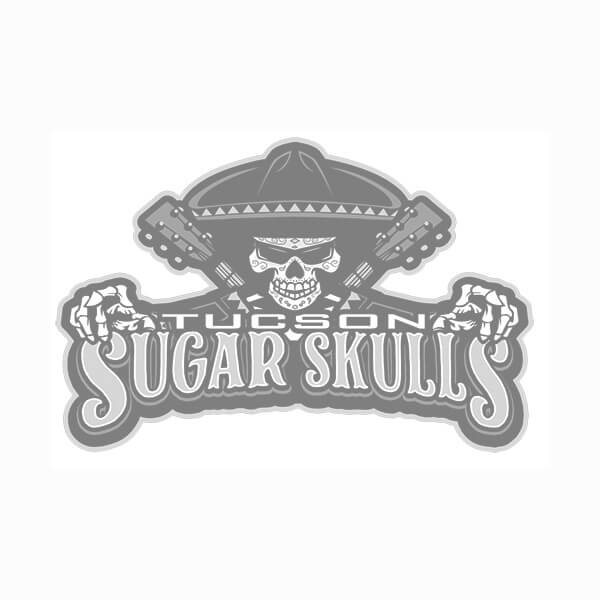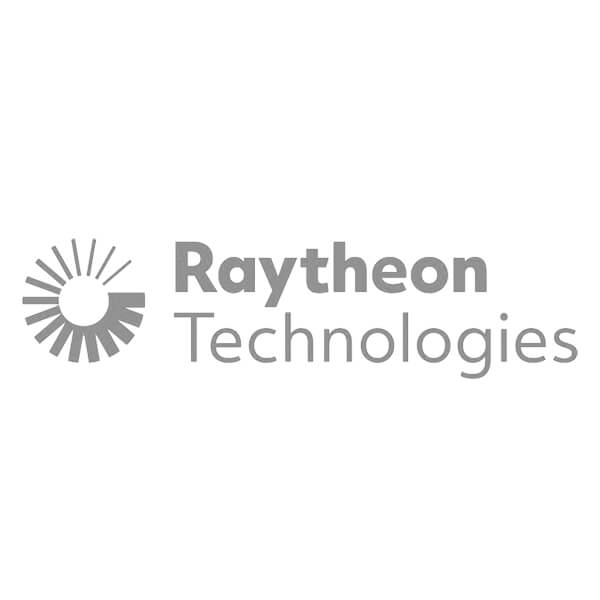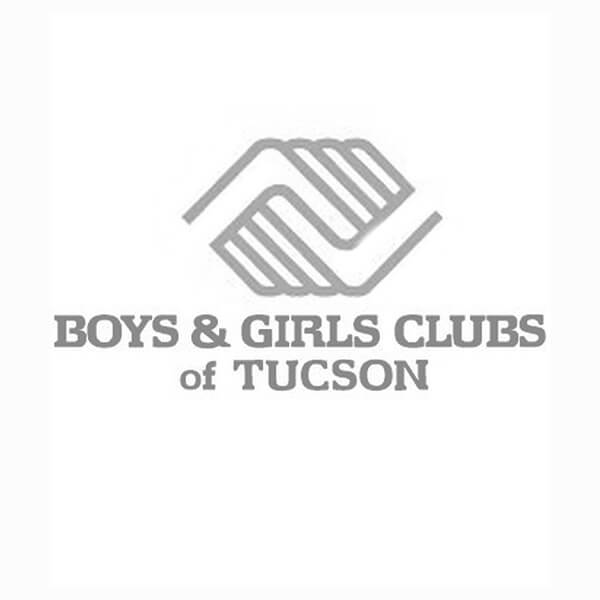In today’s society, ensuring accessibility for individuals with disabilities is not just a legal requirement but a moral imperative. One of the most effective ways to achieve this is through the use of ADA/Braille signage. A small flatbed printer specifically designed for this purpose has emerged as a crucial tool in the signage industry, enabling the production of accessible materials that cater to various needs. This article delves into the significance of small flatbed printers in ADA/Braille printing, their applications, and the advantages they bring to organizations and communities alike.
Understanding ADA/Braille Signage
Before diving into the specifics of small flatbed printers, it is essential to grasp the underlying concept of ADA/Braille signage. The Americans with Disabilities Act (ADA) mandates that all public facilities ensure accessibility for individuals with visual impairments. Braille, a tactile writing system used by people who are blind or have low vision, is a critical component of this requirement. Adequate signage not only promotes inclusivity but also enhances safety and navigation within buildings.
Types of ADA/Braille Signage
Directional Signs: Help individuals navigate through spaces such as hospitals, schools, and offices.
Identifying Signs: Indicate rooms or facilities, helping users understand their environment.
Informational Signs: Provide critical information like emergency exits, restrooms, or safety procedures.
Awards and Plaques: Recognize achievements while being accessible to all attendees.
Directories and Wall Plates: Provide guiding information quickly and effectively.
The Role of Small Flatbed Printers
Small flatbed printers are specialized devices designed to print directly onto a variety of materials, making them suitable for producing ADA/Braille signage effectively. With the ability to print in three dimensions, these printers serve a pivotal function in creating tactile surfaces essential for Braille.
Key Features of Small Flatbed Printers
Versatility: Capable of printing on different substrates, including wood, PVC, acrylic, and metal, these printers cater to numerous signage needs.
Precision Printing: Advanced technology ensures that the print quality meets specific ADA standards crucial for legibility.
Customizable Production: Enables organizations to create tailored signage that reflects branding while incorporating accessibility features.
Benefits of Small Flatbed Printing Technology
Integrating small flatbed printers into signage production provides several notable advantages:
Enhanced Accessibility
Making spaces accessible requires the right tools, and small flatbed printers deliver on that front. They produce clear, raised text and Braille signs that meet ADA compliance, ensuring that people with disabilities can navigate facilities with ease.
The technology is used for printing ADA/Braille Signage, raised three dimensional printing of awards and plaques, and smaller directories and wall plates.




